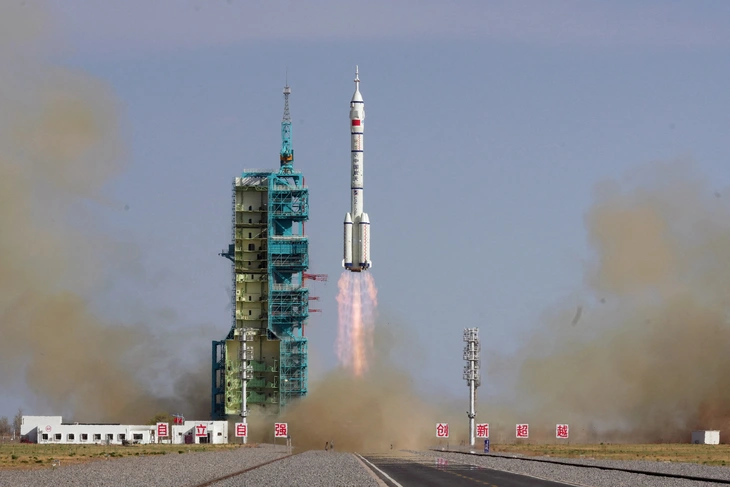
China's Long March-2F rocket carrying the Shenzhou-20 spacecraft was launched on April 24 - Photo: REUTERS
The April 24 launch marked the latest milestone in Beijing's race to become a leading space power.
The Long March-2F rocket carrying the Shenzhou-20 spacecraft was launched from the Jiuquan Satellite Launch Center in northwest China at 5:17 p.m. (4:17 p.m. Vietnam time). The Shenzhou-20 spacecraft is expected to dock with the Tiangong space station after about 6.5 hours.
According to plan, the crew of three astronauts on the Shenzhou-20 spacecraft will replace the three-person crew sent to the Tiangong space station in October 2024.
Over the next six months, the crew will conduct experiments in physics and life sciences , and install equipment to protect against space debris, according to AFP.
In addition, this is the first time China has conducted research on the extraordinary regeneration ability of planaria flatworms in a space environment. This new creature is famous for its miraculous ability to regenerate damaged organs.
Astronauts will also perform spacewalks, resupply and conduct general maintenance on the space station.
With an experienced crew and a promising life science experiment program, the Shenzhou-20 mission promises to make valuable discoveries , contributing to the advancement of China's manned space program and expanding humanity's understanding of life in the harsh environment of space.
China has pumped billions of dollars into its space program in recent years in an effort to achieve what President Xi Jinping has called the "space dream" of the Chinese people.
The world's second-largest economy has bold plans to send a crew to the Moon by the end of the decade and eventually build a base on the lunar surface.
China lends moon rocks to countries
On April 24, the China National Space Administration (CNSA) announced that it will allow scientists from the United States and several other countries to access and analyze rock samples collected from the Moon during the Chang'e 5 mission in 2020. This move marks a new step in Beijing's efforts to expand its international influence in the field of space exploration.
Among the institutions granted access to the specimens are two American universities, Brown University and the State University of New York at Stony Brook, both of which receive funding from NASA. They also include institutions from Japan, France, Germany, the United Kingdom and Pakistan.
The 2020 Chang'e 5 mission made China the third country in history to collect lunar rock samples, after the Soviet Union and the United States. Last year, the Chang'e 6 mission marked a new milestone when China became the first country to bring back rocks from the far side of the moon - a region that cannot be observed from Earth.
Source: https://tuoitre.vn/trung-quoc-phong-tau-than-chau-20-dem-theo-loai-giun-co-kha-nang-tai-tao-20250424212047731.htm





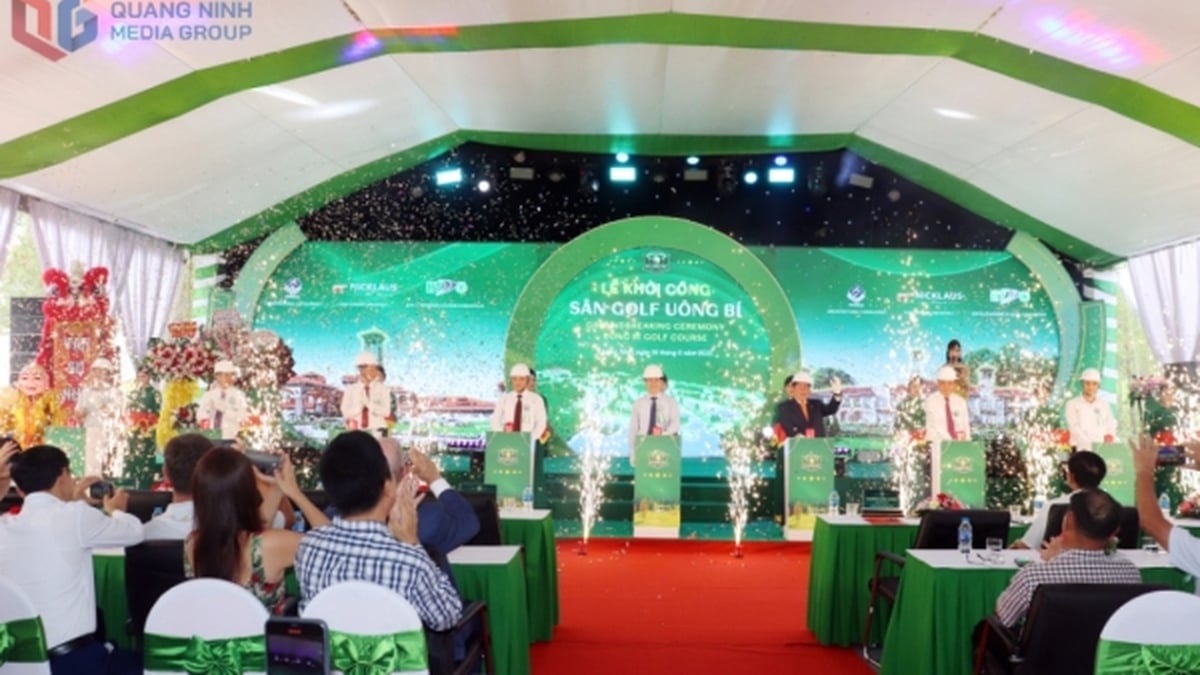




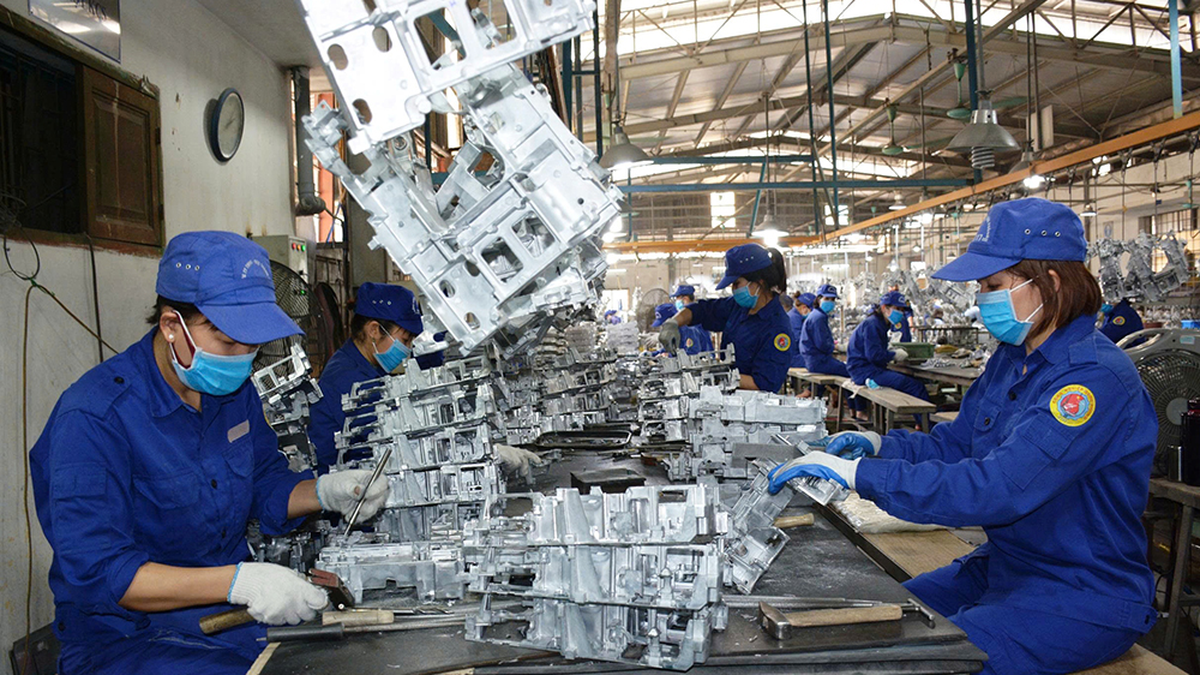

















![[Infographic] Vietnam-Senegal traditional friendship](https://vphoto.vietnam.vn/thumb/1200x675/vietnam/resource/IMAGE/2025/7/23/4c96a604979345adb452af1d439d457b)



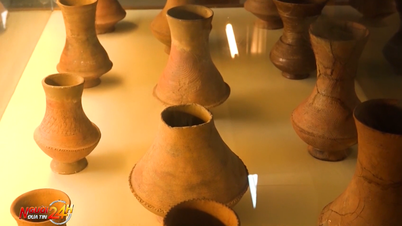






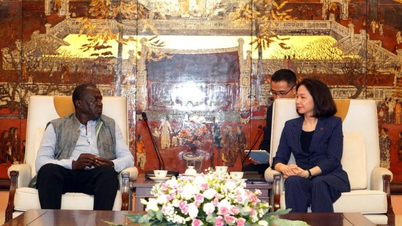















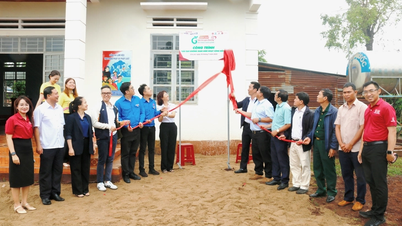












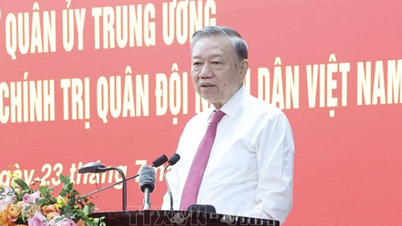







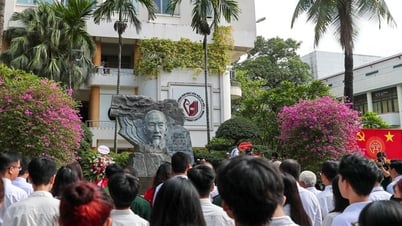


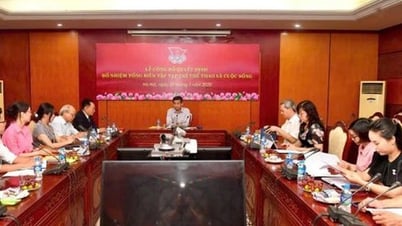

























Comment (0)